The timing is epic, the conditions are perfect and the stage is primed for crappie fishing in Texas.
For thousands of anglers looking to snap out of winter’s clutches and make others green with envy this St. Patrick’s Day, it’s time to spring forward and enjoy a crappie day on the water.
For most of the year, black and white crappie frequent open-water areas while skulking close to deep structure and ambushing whatever bait fish are unlucky enough to get near a hungry school. However, as water temperatures slowly rise and daylight increases in the spring, these fish move into shallow coves and flats amid varying vegetation to spawn, making them susceptible to a variety of angling techniques.
Because of their aggressive feeding habits and the relative ease of finding fish-holding structure, crappie are the perfect fish for the bank or pier angler looking to bring home some prime-eating fillets. A boat certainly ups the opportunities for many hopeful anglers looking to plop minnows and jigs in and around an array of fishy areas, but I’ve also seen anglers haul in messes of crappie from kayaks, float tubes and even wading a shoreline. In East Texas, many anglers employ absurdly long telescoping poles that can be 16 feet or longer to dunk their live bait in crappie holes once they find the schoolies.
Black crappie are more prevalent in East Texas reservoirs while white crappie are more common in this area and prefer cloudier water. The state-record white crappie is a 4.5-pound monster hauled in from Navarro Mills near Waco while the biggest black crappie from Texas weighed nearly 4 pounds and was caught on a minnow from Lake Fork.
Crappie fishing in Texas biology
Black crappie generally spawn when water temperatures reach about 60 degrees while white crappie will spawn once they hit anywhere from 62 to 65 degrees, according to biologists. The depth at which the nest builders spawn all depends on water clarity. If it’s good and crappie are spookier, they may spawn as deep as 6 feet. However, in murky areas such as creek channel coves they may spawn in just a foot of water.
One thing that also can peak spawning activity is lunar activity, especially around periods of full moon, the next of which is March 27.
Crappie fishing in Texas tactics
Crappie fishing should be easy, which is one of its biggest appeals – besides being able to come home with some excellent table fare. Ultra-light spinning tackle is perfect for crappie fishing especially considering even a giant fish is just 3 pounds. Even if you’re fishing around structures such as submerged trees or boat docks, you can get away with using super light line, down to even 2-pound test if you’re feeling sporty.
For crappie, you also can get away with using smaller hooks when you’re rigging live bait. To maximize live bait success, some anglers use a “gang hook” tandem setup, hooking a minnow with a lead hook and letting a trail hook swing free. If you encounter snags or other problems with the extra hook, you simply hook it into the minnow or remove it.
To keep crappie fishing even easier without live bait, anglers can use a number of jigs and lures that all have proven equally adept. The Road Runner is my personal favorite simply because I can remember catching crappie and other fish on it from stock ponds when I was a kid. Other successful crappie baits include curly-tail grubs, spinners such as Rooster Tails and Beetle Spins, and the ubiquitous crappie tube. All of these lures come in a rainbow of colors and usually in plenty of bright shades.
Though a hungry or aggressive crappie will take a larger bait than anglers might think, don’t go larger than a 1/4-ounce jig or spinner, and usually you can opt for 1/8-, 1/16- or even 1/32-ounce sizes in many settings. Since you normally won’t be casting far if you’ve located a school, you don’t necessarily need the added girth to aid your presentation.
Since they frequent dock areas, crappie can afford anglers a chance to fish at night now and into the summer, especially if you can fish around lights. Even if you don’t have access to structure with lights, there are a variety of glow jigs and other baits that will attract fish if you feel like maximizing your fishing opportunities.
Crappie fishing in Texas limits
With a superb overall crappie fishery, Texas anglers can reap the rewards from a day spent on the water this time of year in a big way. Anglers are allowed a 25-fish bag with a 10-inch minimum. The overall bag limit includes white and black crappie in any combination and is the same for white bass, which also frequent many of the same locales as crappie. If you happen to limit out quickly after finding a good school of crappie, the hearty limit on white bass may be too tempting to pass up, especially if they are acting right.
And you never know – you might just bump into a lunker largemouth bass in the shallows. The state record 18.18-pounder was caught on live bait, too.
It’s a great time to be on the water.




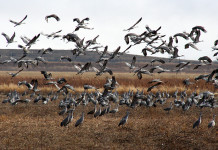
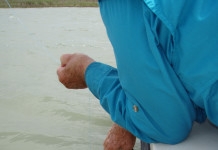
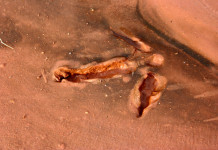
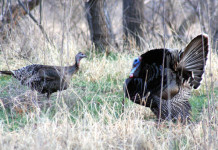
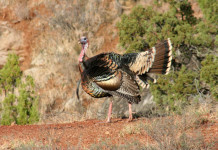








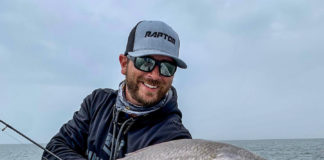
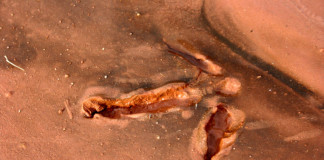
Good tips for catching crappie in Texas, I love how you mention there is a creel limit!